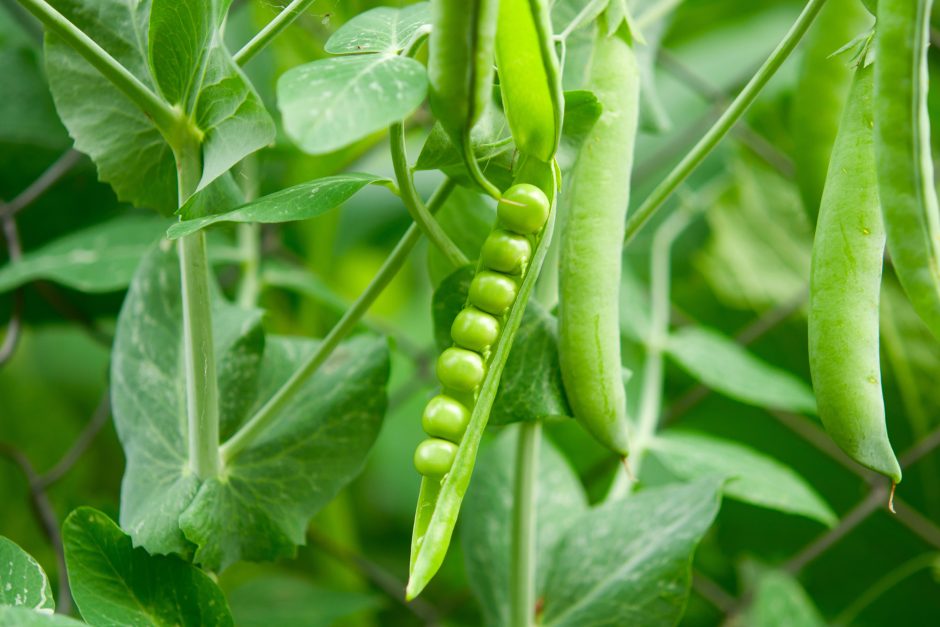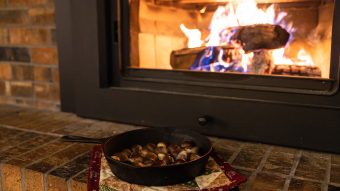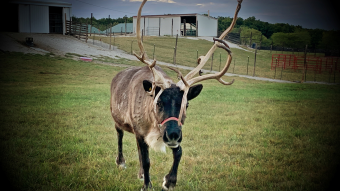By Linda Geist

Feb. 26, 2025
Gardeners in search of hap-pea-ness are in luck. The National Garden Bureau has declared 2025 the Year of the Pea.
Few vegetables match the culinary delight of peas fresh from the garden, David Trinklein, University of Missouri Extension horticulturist, said.
When given an early start, growing peas is easy peasy. Garden pea is a cool season crop that tolerates light frosts and can germinate in relatively cool soils. Ideal planting time is early — as soon as spring soils can be worked. Quality and yield drop when temperatures rise above 80 degrees Fahrenheit, Trinklein said.
Peas prefer a well-drained garden loam with a pH-balance between 6.0 and 6.5. Peas need sufficient room to grow, so sow seeds directly in the soil about one inch deep and two inches apart in rows spaced 18-24 inches apart.
Gardeners should mind their Ps and Qs when fertilizing, Trinklein said. Fertilize before planting based on soil test results. Like other legumes, peas can fix atmospheric nitrogen. However, if plants appear yellowish after pods begin to set, a side dressing of nitrogen may be necessary. Peas prefer soil that is kept uniformly moist but not wet. Rotate planting locations in the garden from year to year to avoid disease.
Depending on cultivar, planting date and seasonal temperatures, harvest around the middle of June. Harvest normally lasts for about two weeks. Timing the harvest is critical for the most pea-licious flavor. Pick the pods as soon as they appear round.
Peas are a good source of certain vitamins and minerals as well as insoluble dietary fiber, which has been shown to reduce cholesterol. The National Garden Bureau recently reported that a 100-calorie serving of peas contains as much vitamin C as two large apples and has more protein than one egg or a tablespoon of peanut butter.
Peas from the garden freeze exceptionally well but must be blanched to keep enzymes and bacteria from destroying nutrients and changing color, flavor and texture. Blanch by immersing peas in boiling water for about two minutes then cooling them in ice water.
Read more from Mizzou Extension


